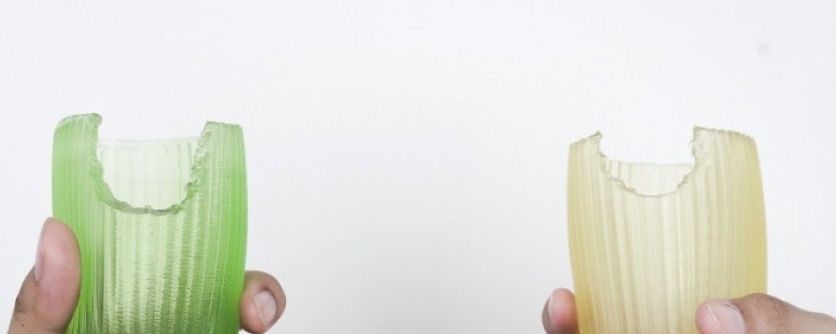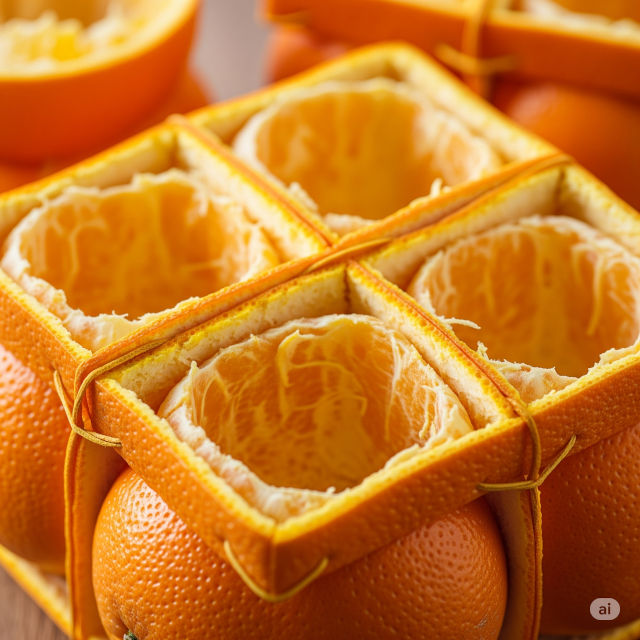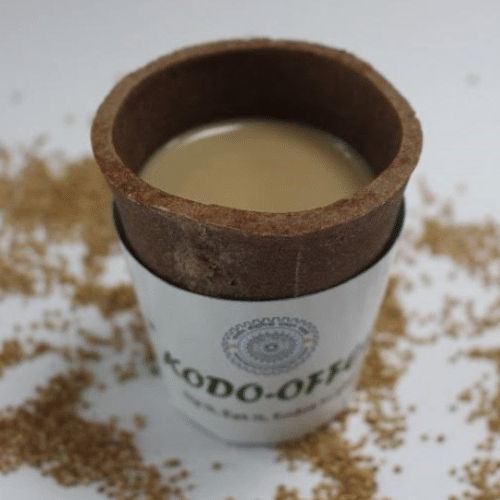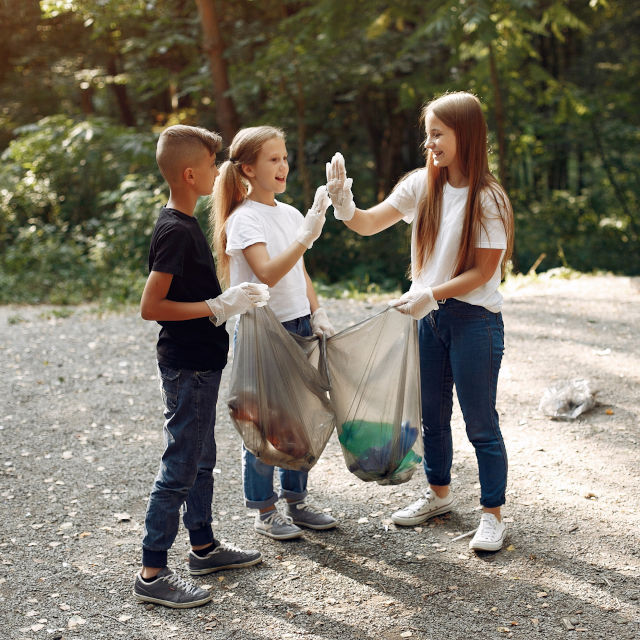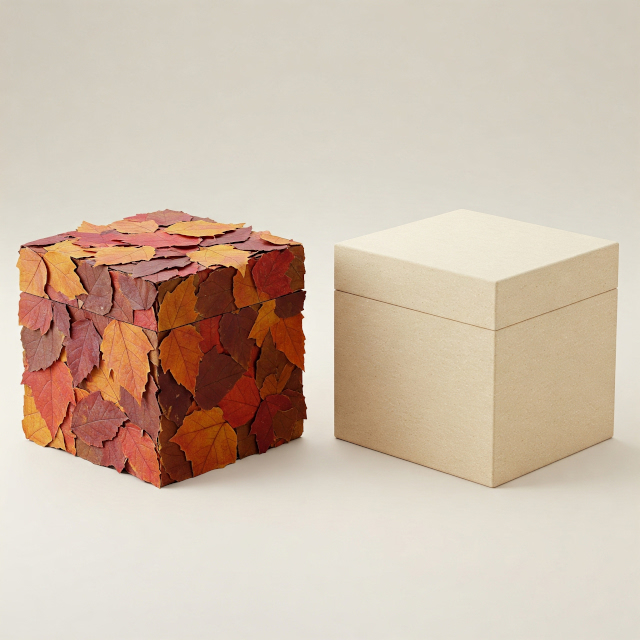In the ongoing pursuit of sustainable solutions, edible packaging emerges as a groundbreaking innovation. This type of packaging, made from natural, biodegradable, and often nutritious materials, has the potential to reshape the future of how we store, transport, and consume food.
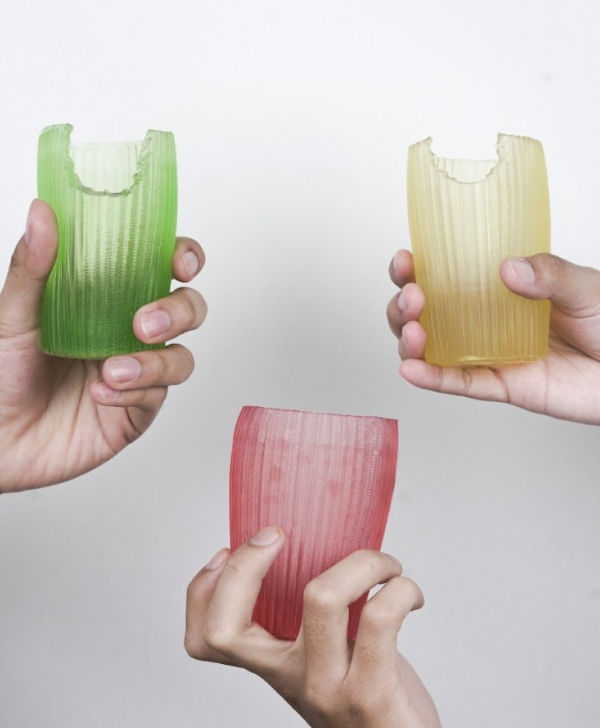
The Environmental Crisis:
Globally, we produce over 300 million tons of plastic each year, half of which is for single-use purposes. Much of this waste ends up in oceans and landfills, contributing to pollution and harming wildlife. Conventional plastic packaging, though convenient, is one of the largest contributors to this problem due to its short usage span and long degradation time.
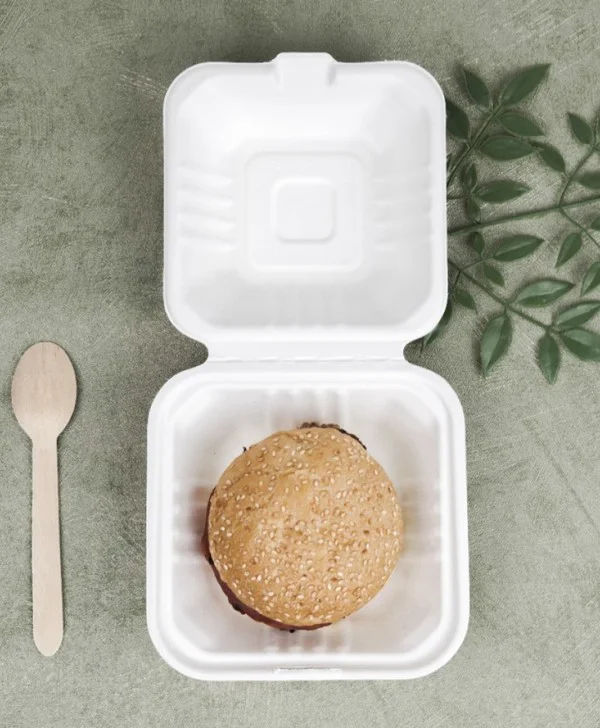
What is Edible Packaging?
Edible packaging is designed to be consumed alongside the product it protects. These materials often include seaweed, rice paper, milk proteins (casein), starches, fruit and vegetable pulps, and other food-grade ingredients. They can be shaped into films, wrappers, sachets, and even edible utensils.
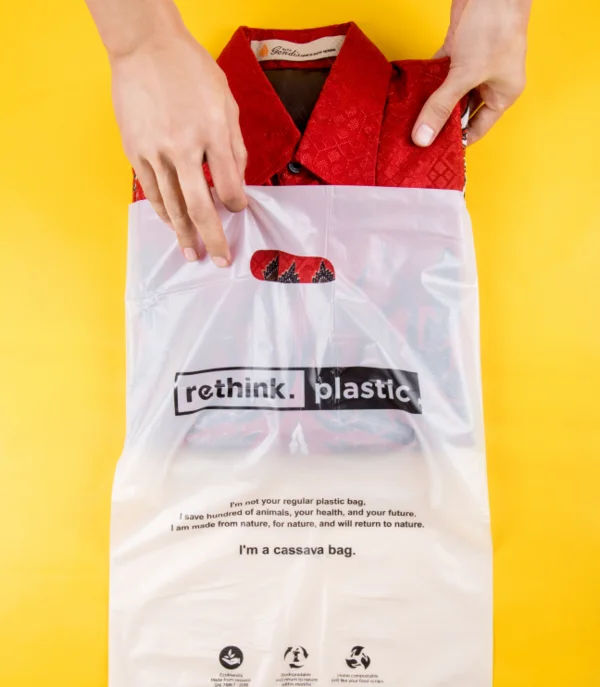
Benefits:
- Waste Reduction:
Since edible packaging can be eaten or biodegrades quickly, it drastically cuts down on plastic waste. - Convenience:
Especially useful for on-the-go consumption—no need to unwrap or discard. - Innovation & Branding:
Companies can use flavors, colors, and even nutrients to enhance the product experience. - Food Preservation:
Some edible films have antimicrobial properties, extending shelf life.
Real-World Examples:
- Notpla (UK):
Seaweed-based capsules for sauces, water, and alcohol. Used in sports events and takeaways. - Evoware (Indonesia):
Biodegradable and edible packaging made from seaweed, targeting the food and cosmetic industry. - WikiFoods (USA):
Uses fruit-based skin to encapsulate yogurt, smoothies, and cheese.
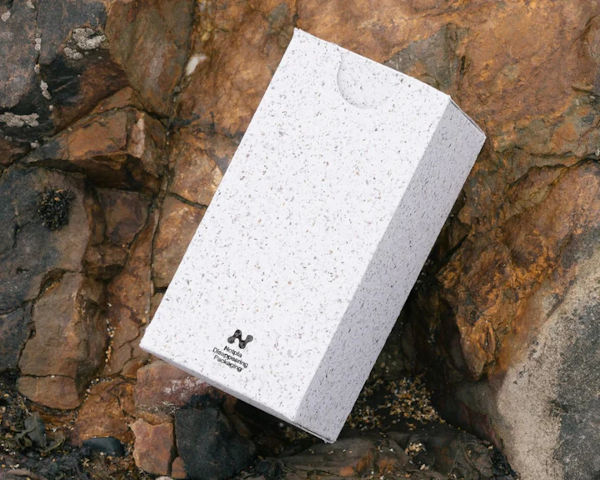
Notpla packaging
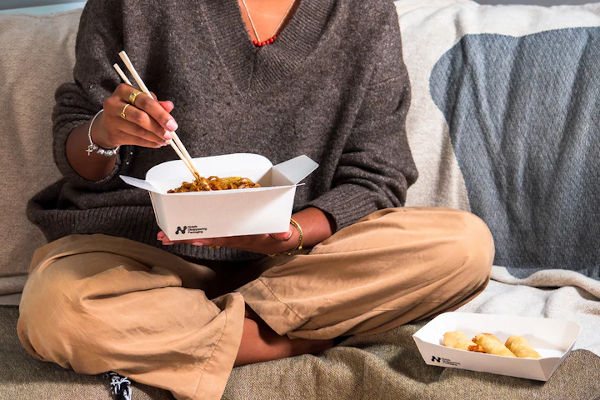
Notpla food container
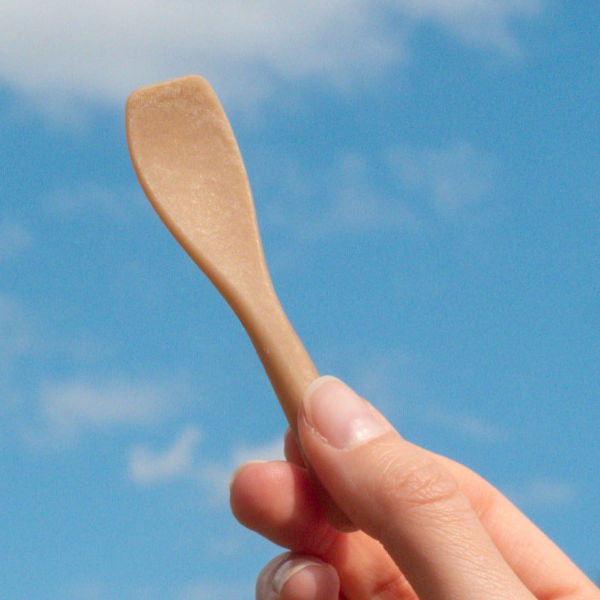
Challenges:
While promising, edible packaging faces regulatory hurdles, production scalability issues, and cultural acceptance. Not all consumers are used to eating packaging, and food safety regulations require strict standards.
Future Outlook:
With advancements in material science, the functionality and durability of edible packaging are improving. Combined with growing environmental awareness and demand for sustainable options, the market for edible packaging is poised for rapid growth in coming years.

Join the Movement for a Sustainable Future!
#edible packaging, #biodegradable, #sustainable packaging, #seaweed packaging, #zero waste, #circular economy, #food innovation, #plastic alternatives.
